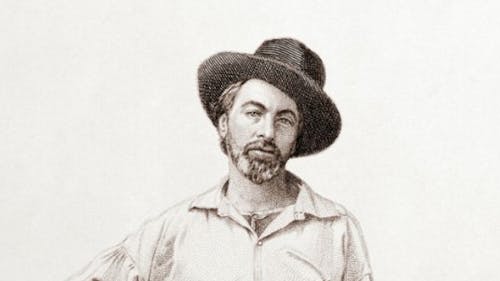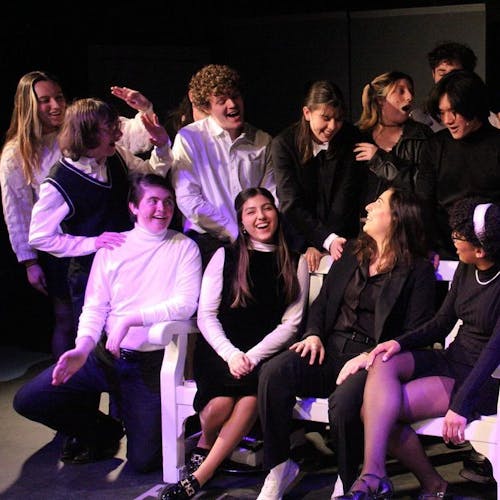After 200 years, Walt Whitman's impact is still evident

Arguably one of America’s most influential and innovative poets, Walt Whitman was surely ahead of his time. Written approximately 150 years ago, Whitman’s words continue to excite and liberate us as they offer insights into humanity, sexuality and personal freedom that will forever be timeless. In honor of the bicentennial of the poet’s birth, the Special Collections and University Archives at Rutgers University–New Brunswick Libraries presented its “Poet of the Future” exhibition on Tuesday.
Featuring rare books and manuscripts from the libraries’ collections, the exhibition showcases several editions of Whitman’s famous collection of poems, “Leaves of Grass,” as well as portraits of Whitman and other literature relevant to the poet. Whitman added hundreds of poetic additions to “Leaves of Grass” and published up to nine new additions of the collection throughout his lifetime, allowing for an extensive and intimate exhibition of his life work.
“What is that you express in your eyes? It seems to me more than all the print I have read in my life,” Whitman said in his poem “Song of Myself.” Appearance, body image and sensual pleasure were themes the renowned American writer became controversial and celebrated for, but his affection for print — specifically typefaces and fonts — seems to be hidden in between the lines.
At 12 years old, Whitman entered the printer’s trade in New York and became fascinated with the written and printed word. It was a passion that continued into his adult careers as a teacher, journalist and, of course, poet. Whitman’s extensive training as a printer explained the active role he played in the design and production of all of his books, and many of his personal touches on the early editions are on display in the exhibition.
For the 1855 edition on display, Whitman designed the book, chose the typeface, set some of the type and even published the volume himself. Barbara Henry, a graphic and book artist and co-curator of the exhibition, spoke about her interpretation of Whitman’s “Faces” as a printer’s metaphor rather than a poem merely about human profiles.
Inspired by the way Whitman’s description of faces could equally be applied to letters as they could to people, Henry published “Walt Whitman’s Faces: A Typographic Reading” in 2012. On display at the exhibition, the pages include illustrations of the poem that invite the reader to contemplate the meaning of the lines through the lens of a printer.
But it was faces, particularly Whitman’s himself, that speaker Karen Karbiener chose to focus on during the introduction. The clinical professor at New York University, who specializes in the study of Whitman, expanded on the importance and intent of the daguerreotype found on the first page of the debut 1855 edition of “Leaves of Grass,” a portrait that is arguably the most recognizable of the poet.
Body-positive and confident in his looks, Whitman was the most photographed and recognized poet of the 19th century. Karbiener noted that this was not always necessarily in vain, and his bold choice of daguerreotype symbolized his emphasis on the reader considering his presence as a poet: He wants to be there as we read.
Game-changing for its time, the famous daguerreotype is full-body and small enough to cause you to squint for detail, a result of the poet using the then-new technology of basing the image off of a photograph rather than a sketch. Whitman’s stark stance, confrontational direct eye contact and working class fashion in the image connects directly to the reader, and tells us of the revolution that is “Leaves of Grass.” Whitman eventually used the 1855 frontispiece as the illustration for “Song of Myself.” Fitting, indeed.
As April marks National Poetry Month, “Poet of the Future” is an inspiring and educational way to appreciate the art form this month. Conveniently right on campus, the comprehensive exhibit is on display through July 19 at Alexander Library and is free to the public.



